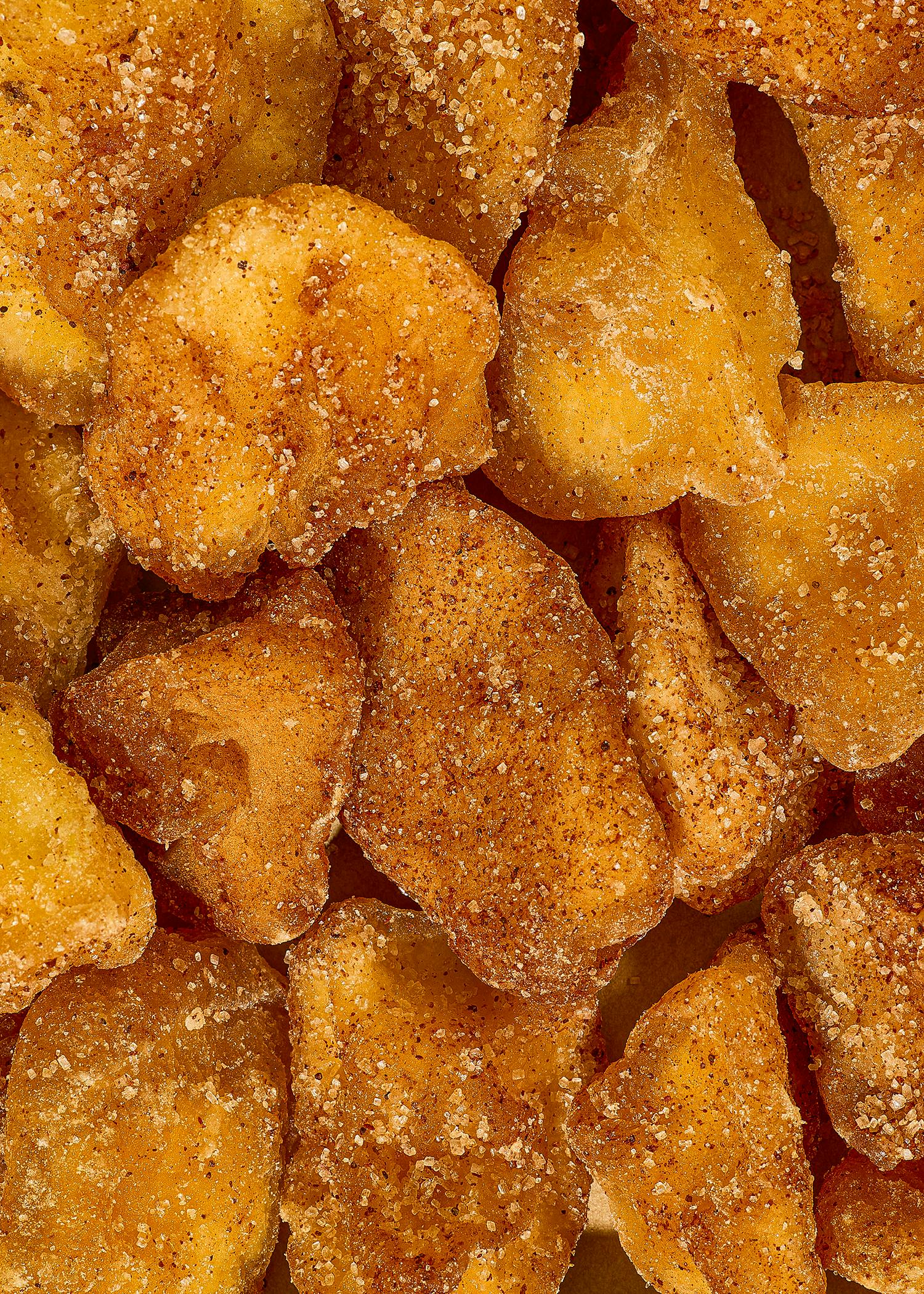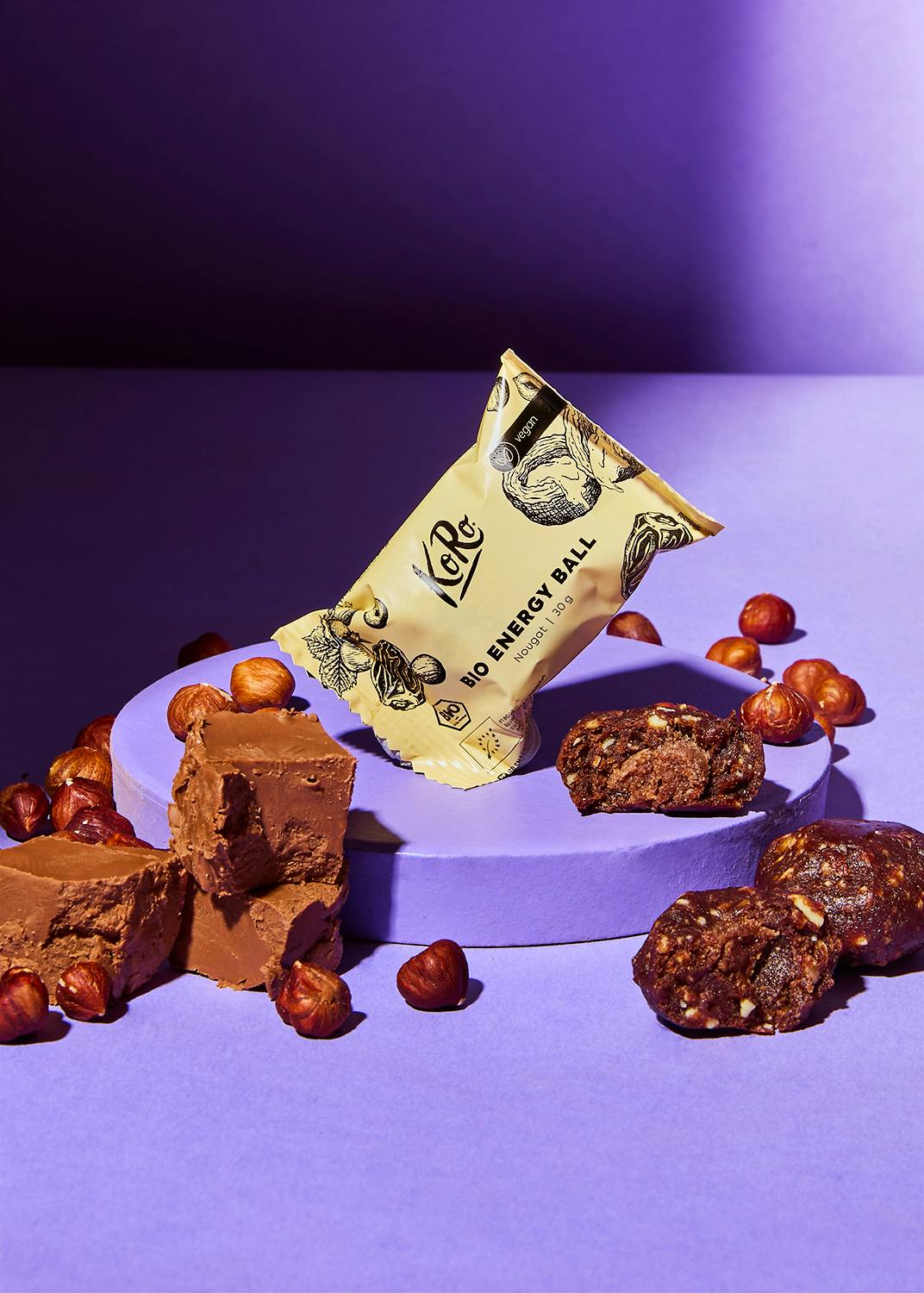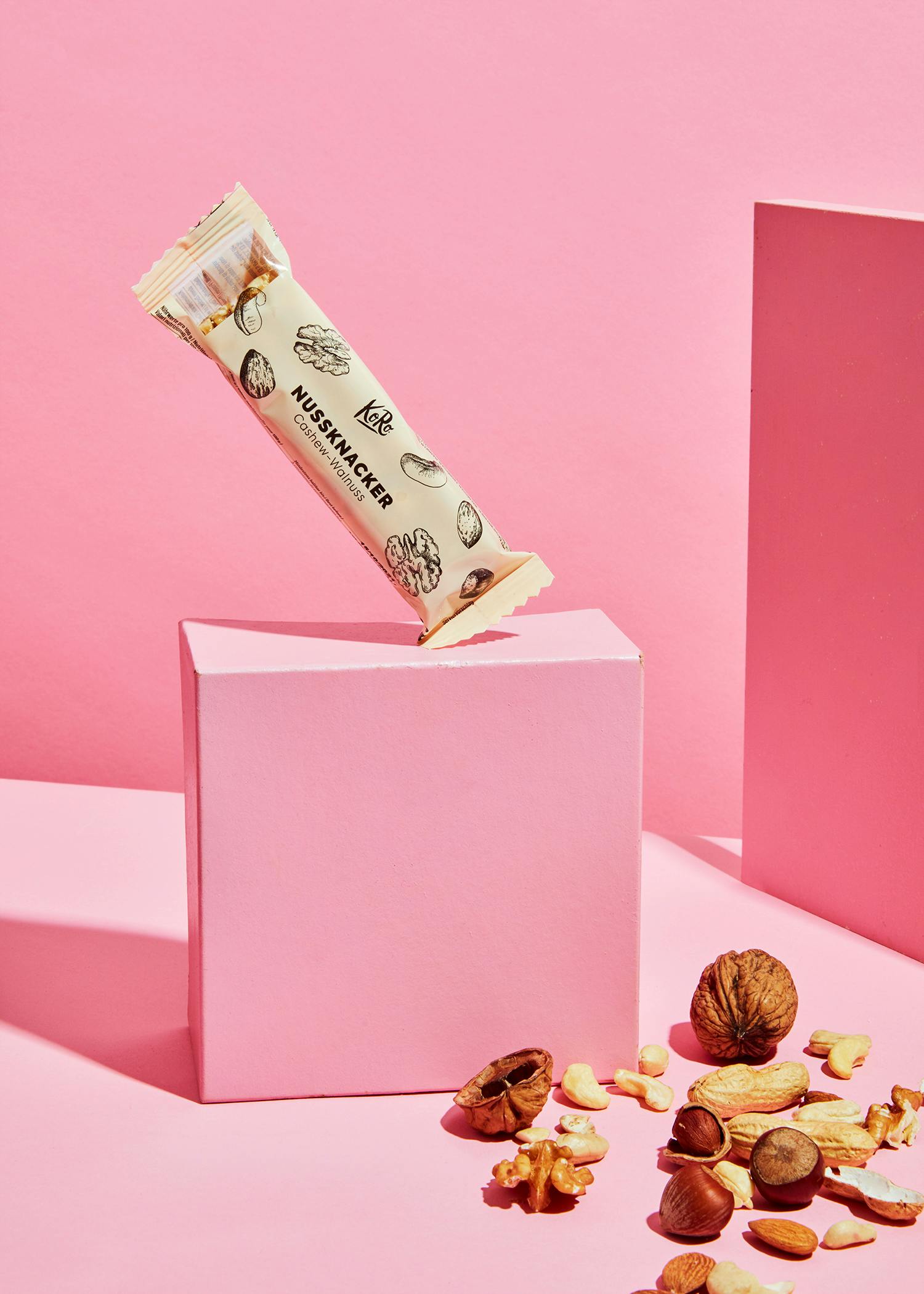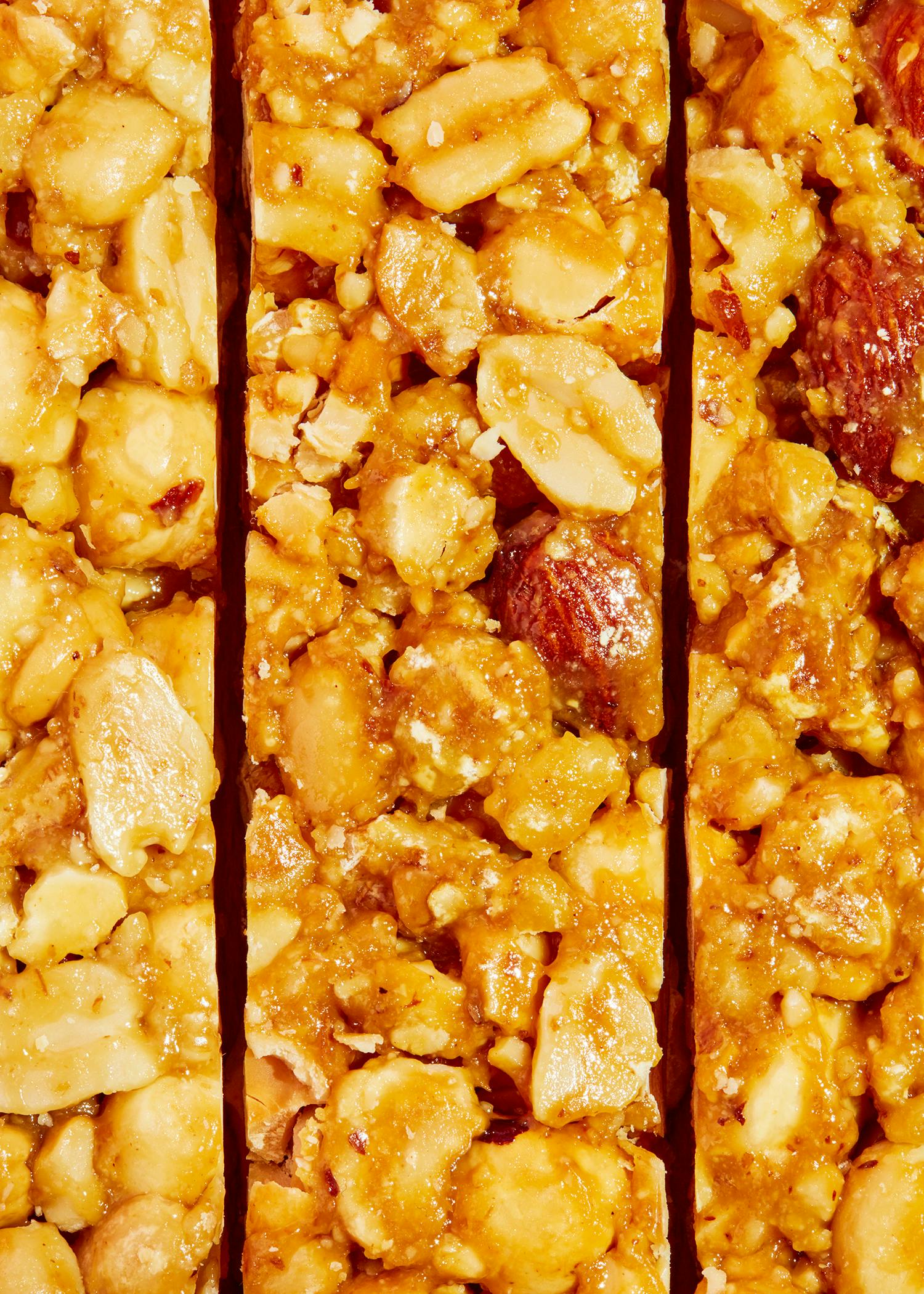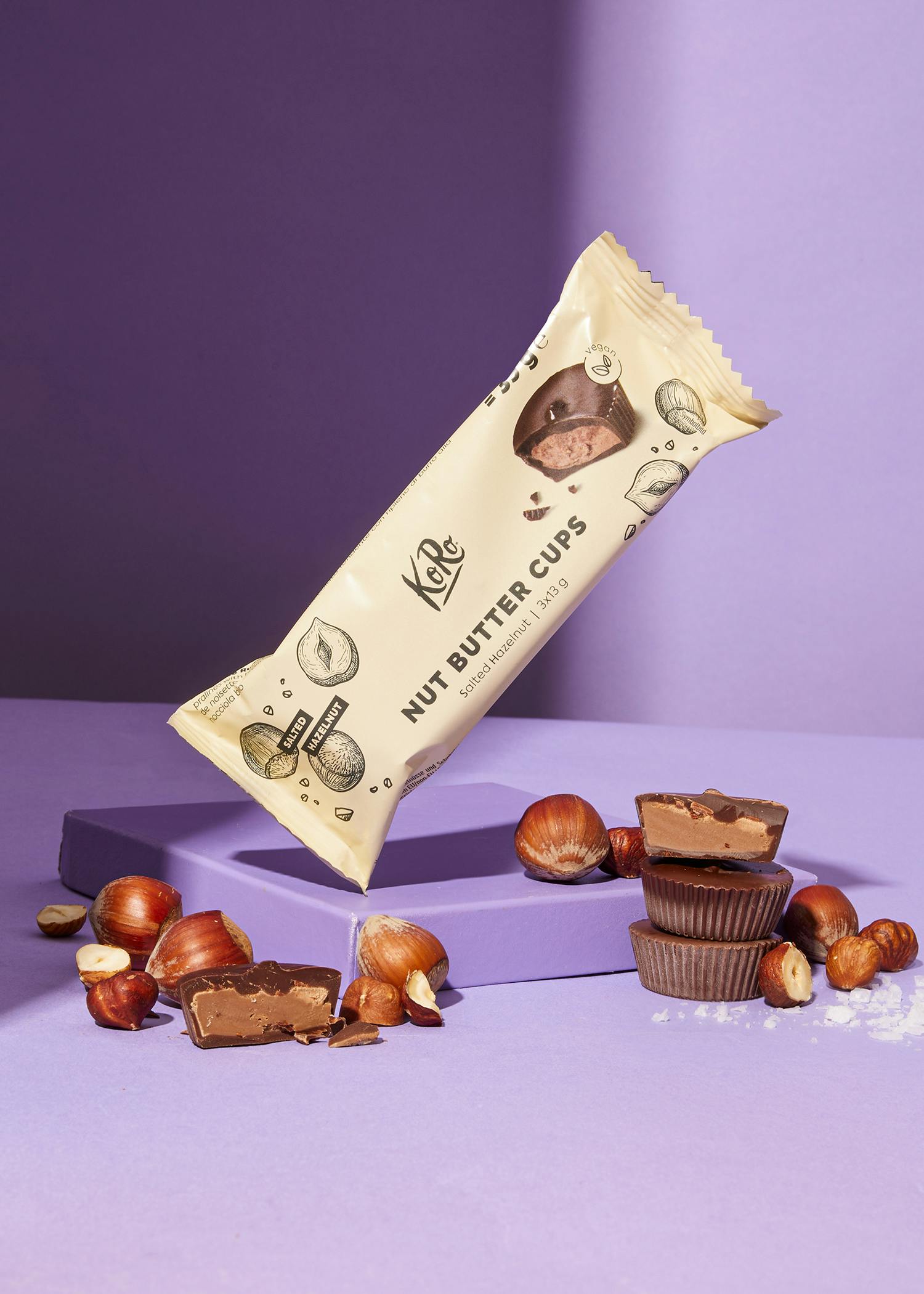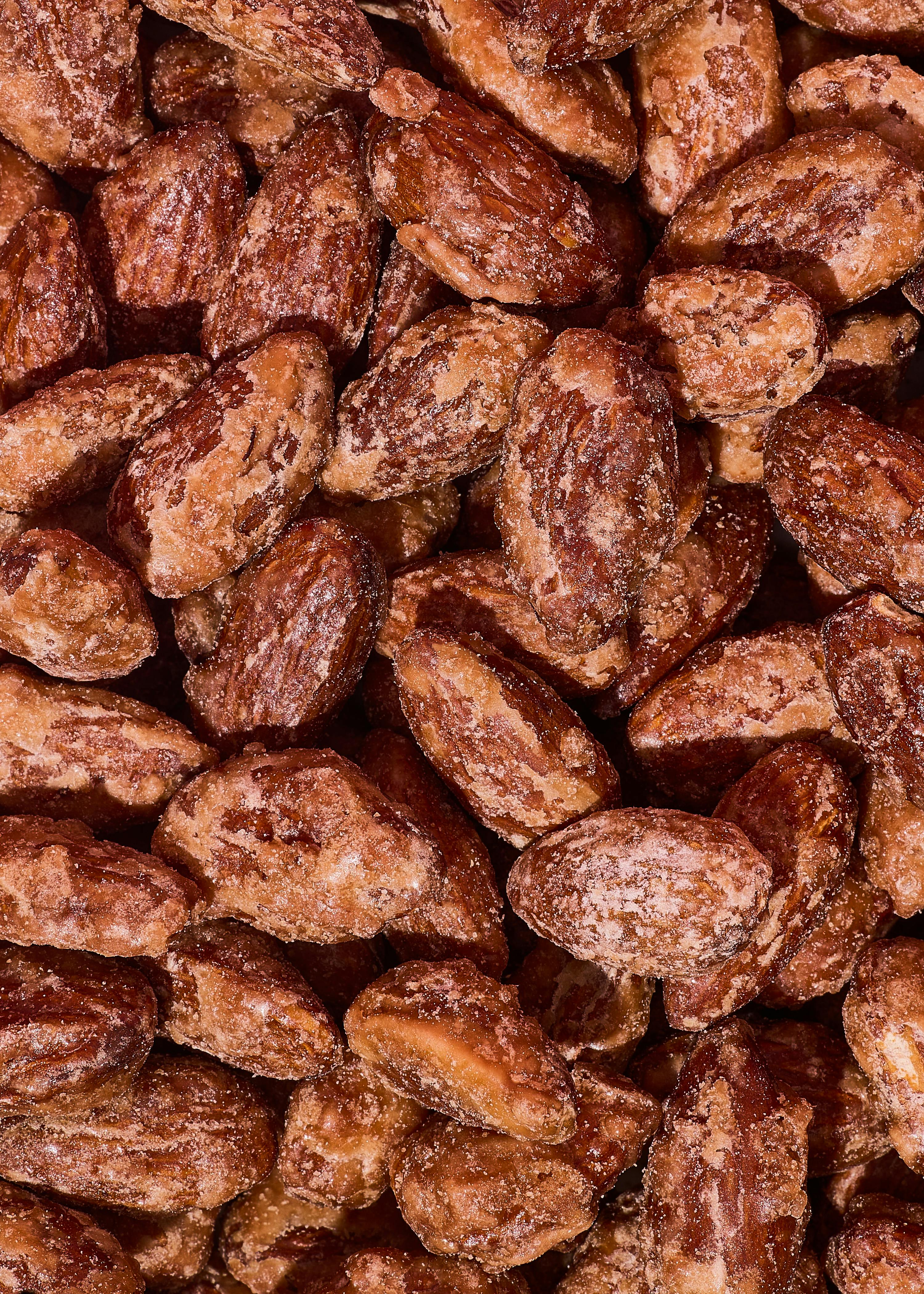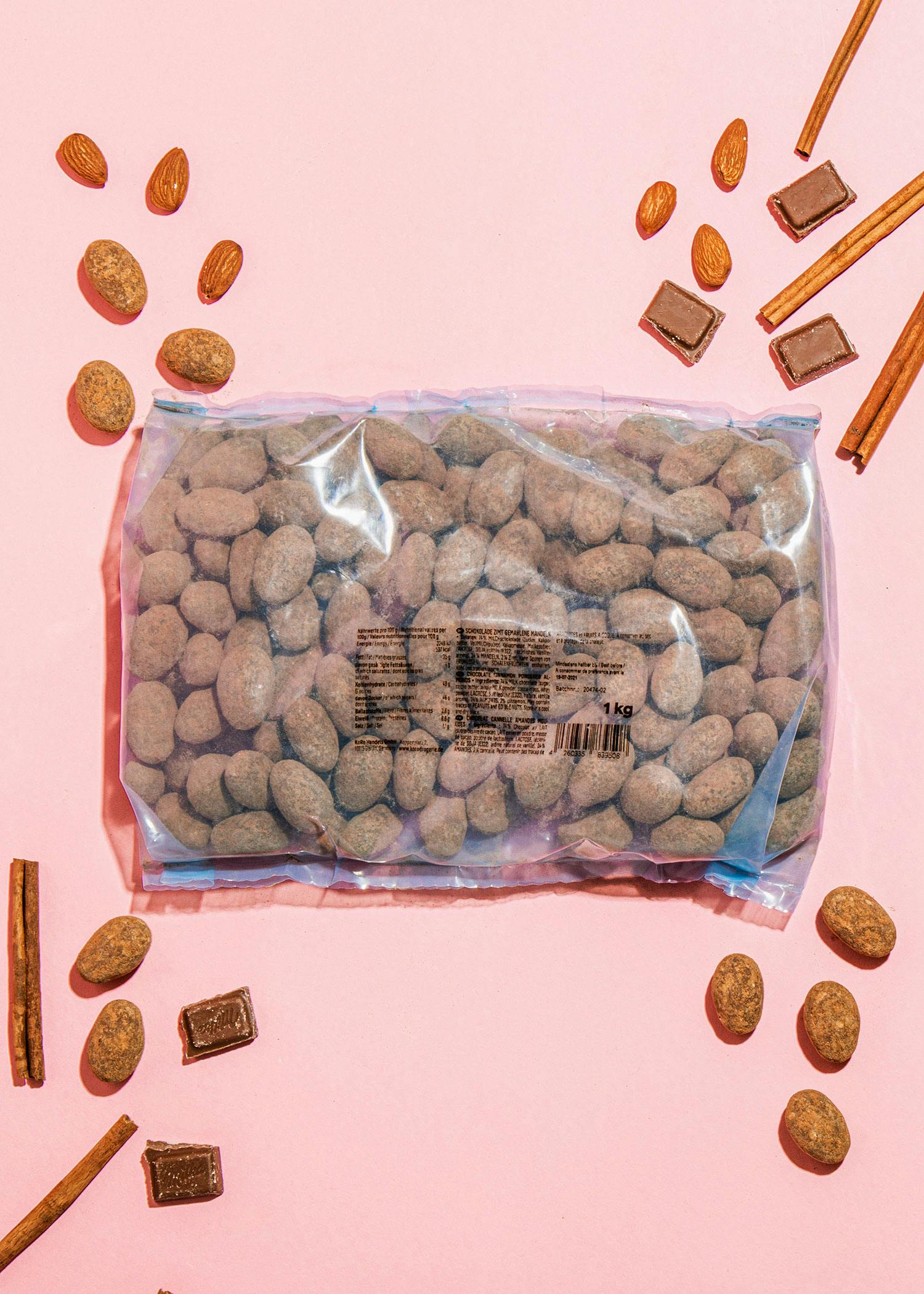History and origin of the Advent calendar
There are several stories about the true origin of the Advent calendar, but all of them trace back to the 19th century and to Christian traditions preparing for Christmas Eve. In many Protestant households, children would add one small picture to the wall each day, draw 24 chalk marks, or place a daily straw in the manger so the baby Jesus would rest comfortably on the 24th. Other early formats included “Christmas clocks” or Advent candles burned down each day to the next marking. However, Johann Hinrich Wichern, a Protestant theologian, is widely regarded as the inventor of the first Advent calendar. To make the wait feel shorter for children in a children’s home, he placed one candle for each day of Advent on a wagon wheel, and a larger candle for every Sunday – unintentionally creating the Advent wreath in the process.
The first printed Advent calendar sold commercially appeared in 1908 thanks to Gerhard Lang, the son of a pastor from Swabia. His design featured colourful illustrations that children could cut out and stick onto cardboard day by day. From 1958 onwards, the concept began to spread rapidly in Germany, evolving into the familiar format we know today: little windows and chocolate treats.
Advent traditions around the world
Outside the German-speaking world, Advent calendars are not necessarily as widespread. Even though the tradition has become increasingly popular in recent years, a 2021 survey (survey in German) found that only around half of respondents in the United States owned an Advent calendar. As a fun side note: because Christmas is celebrated on the 25th in the US, you can actually buy two different versions – one with 24 doors and one with 25.
Across many other European and international regions, Advent calendars are now available too, often with their own cultural twist. In Nordic countries, for example, the tradition differs slightly from the classic German version: each day until 24 December, a new episode of a Christmas story is broadcast on radio or television. This custom began in Sweden in 1957, when the first “Julkalender” was aired.
Making your own Advent calendar
Today there are Advent calendars for every taste – from soothing bath salts and tricky puzzles to gardening seeds for keen hobbyists. Yet one favourite remains untouched at the top: calendars filled with chocolate and other sweet treats, confirmed once again in a 2024 survey (survey in German). And since we couldn’t agree more, here are a few thoughtful ideas for filling an Advent calendar for someone special:
- The all-time Christmas classic: candied almonds and chocolate-covered almonds with cinnamon
If you love Advent calendars but crafting isn’t your thing, no worries. We’ve also brought back our two festive Advent calendars this year – each filled with 24 KoRo favourites. Available in both classic and vegan. (See our lovely classic Advent calendar pictured below)



